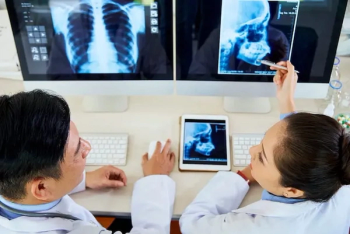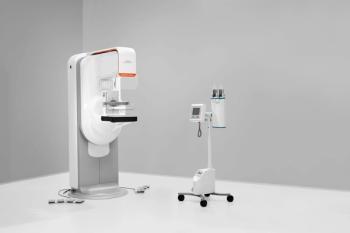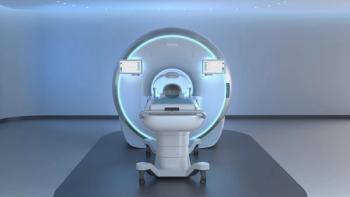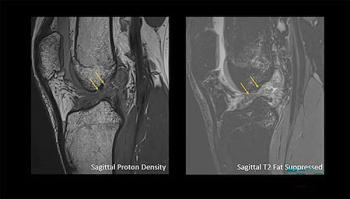
Flavored Oral Contrast More Palatable to Children
Pediatric patients were more likely to consume prescribed dose of Breeza than barium sulfate suspension.
Flavored neutral oral contrast materials and low-density barium sulfate suspension both provide similar small bowel distention, but pediatric patients were more likely to ingest the entire volume of neutral contrast, according to a study published in the journal
Researchers from the Cincinnati Children’s Hospital Medical Center in Ohio sought to compare the use of a flavored beverage for neutral abdominal and pelvic imaging (Breeza; Beekley Medical, Bristol, Conn.) or a low-density barium sulfate suspension for bowel distention and patient acceptance.
Sixty-six children participated in this blinded study, 33 in each group. The Breeza group’s mean age was 13.5 years, barium sulfate suspension 13.9 years. The children were asked to rate taste, texture, and their perceived health state on scale of 0 to 10, with 0 being very bad and 10 very good. Ingested volume of the prescribed weight-based oral contrast material preparation was recorded. Maximum small bowel diameter was measured in all four abdominal quadrants. Mean bowel diameter as well as taste, texture, and health state scores were compared.
The results showed 28 of 33 patients (84.8 percent) in the Breeza group and 17 of 33 (51.5 percent) patient in the barium sulfate suspension group completed the preparation.
Scores:Taste: Breeza: 6.1 ± 2.5 Barium sulfate2.7 ± 2.5
Texture Breeza 7.3 ± 2.3 Barium sulfate 3.6 ± 2.9
Bowel distension Breeza 1.63 cm ± 0.24 Barium sulfate 1.69 cm ± 0.25
The researchers concluded that the neutral oral contrast materials Breeza and low-density barium sulfate suspension provide similar small bowel distention, but patients were more likely to ingest the entire prescribed volume of Breeza.
Newsletter
Stay at the forefront of radiology with the Diagnostic Imaging newsletter, delivering the latest news, clinical insights, and imaging advancements for today’s radiologists.




























